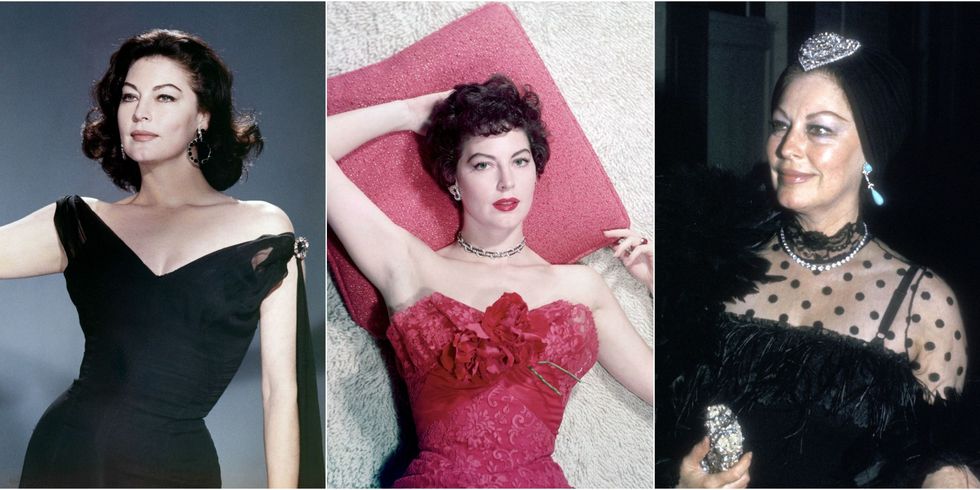The elements of landscape painting include the depiction of natural scenery, such as mountains, forests, rivers, and sky, as well as the use of light, colour, and composition to create a sense of depth and realism. Landscape paintings may also include figures, buildings, and other man-made objects, as well as animals and plants. The goal of landscape painting is to capture the beauty and majesty of the natural world.
Some of the key elements of landscape painting include:
Light: The way light falls on a landscape can greatly affect its appearance, creating mood and atmosphere. Landscape painters must carefully consider the direction and quality of light in their paintings in order to create a realistic and compelling scene.
Colour: The colours used in a landscape painting can greatly influence its mood and overall effect. Landscape painters may use a wide range of colours, from bright and vibrant to muted and subdued, in order to create a sense of depth and realism.
Composition: The composition of a landscape painting refers to the placement and arrangement of the various elements within the scene. A well-composed landscape painting will have a balanced and harmonious arrangement of elements, with a clear focal point and a sense of depth and perspective.
Detail: The level of detail in a landscape painting can greatly affect its realism and sense of scale. Landscape painters may include a wide range of details, from small plants and animals to distant mountains and clouds, in order to create a sense of immersion and realism.
Mood: The mood of a landscape painting is determined by a combination of factors, including the colours used, the level of detail, and the composition. Landscape painters may aim to create a sense of peace and tranquillity, grandeur and majesty, or drama and tension in their work.


